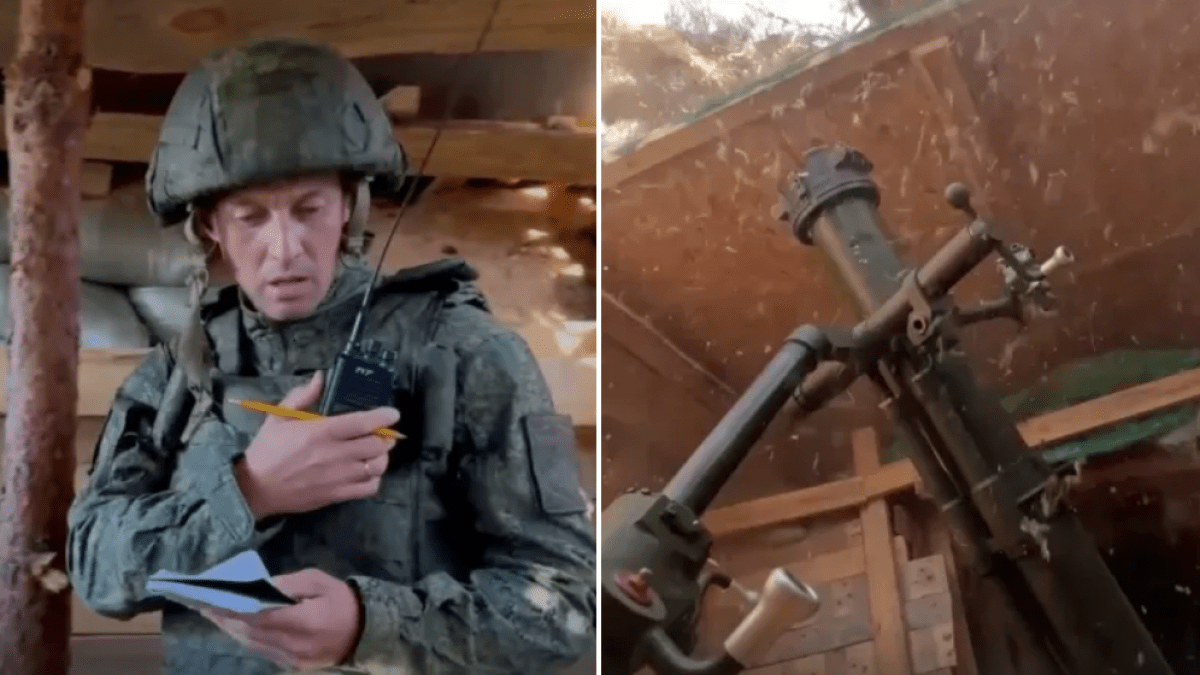Major joint military drills by Russia and Belarus – where troops practice war games on Nato’s borders – have ignited fresh security concerns for member states.
The main phase of Zapad-2025, described by the Russian Ministry of Defence as a strategic exercise in “repelling aggression against the Union State”, started on Friday and will continue throughout the weekend.
About 30,000 Belarusian and Russian service members are taking part, with 8,000 troops carrying out drills on Belarusian soil.
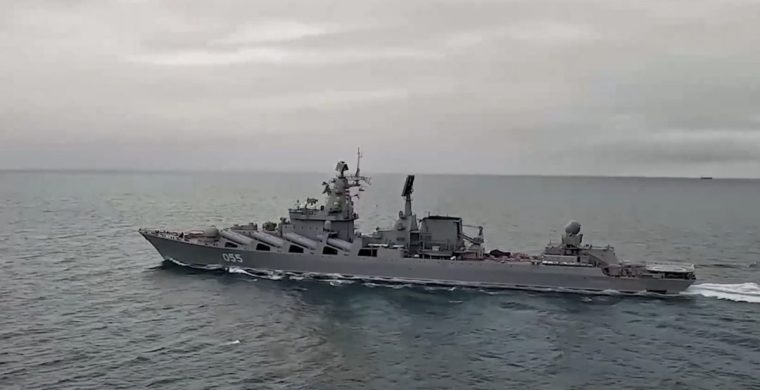 Baltic Fleet forces taking part in the drills (Photo: Russian Defence Ministry)
Baltic Fleet forces taking part in the drills (Photo: Russian Defence Ministry)
Meanwhile, Donald Trump urged Nato members to stop purchasing oil from Russia, saying the war in Ukraine would only finish if the “shocking” practice ended.
Posting on his Truth Social, Trump said: “If Nato does as I say, the war will end quickly, and all of those lives will be saved! If not, you are just wasting my time, and the time, energy, and money of the United States.”
He claimed the alliance’s commitment to winning the war “has been far less than 100%”.
One of Russia’s largest oil-refining complexes, in the outskirts of the central city of Ufa, was hit by a Ukrainian drone attack on Saturday.
In recent months, Ukraine has significantly stepped up attacks on oil refineries, sparking a domestic petrol crisis. Moscow recently banned the export of gasoline sales for September, as some Russians queue at the petrol pump.
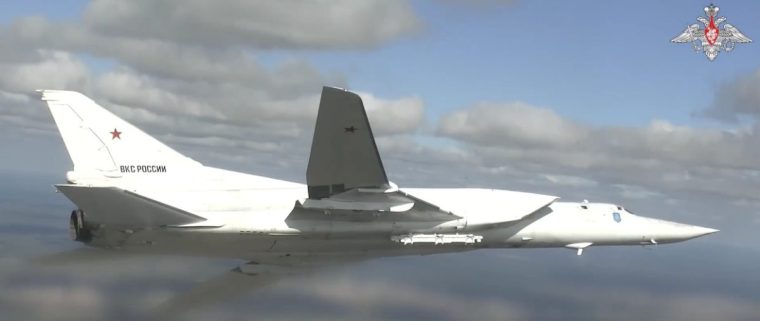 Tu-22M3 long-range bombers from the Russian Aerospace Forces carried out an air strike on mock enemy targets during the Zapad-2025 exercise (Photo: Russian Defence Ministry)
Tu-22M3 long-range bombers from the Russian Aerospace Forces carried out an air strike on mock enemy targets during the Zapad-2025 exercise (Photo: Russian Defence Ministry)
In Russia, Belarus and in the Baltic Sea and the Barents Sea, troops practised “at firing ranges”, Russian officials said on Saturday.
Videos released by the Russian Defence Ministry show patrol boats destroying mock underwater targets.
Russian Navy crew were tasked with locating a “mock enemy” and destroying its military capabilities using DP-61 “duel” anti-sabotage grenade launchers.
The drills – taking place close to the borders of Poland, Lithuania and Latvia – are starting just days after Poland shot down Russian attack drones located in its airspace
According to Russian state media, the war games are intended to help the military practice their response to “localised aggression” against Russia and Belarus.
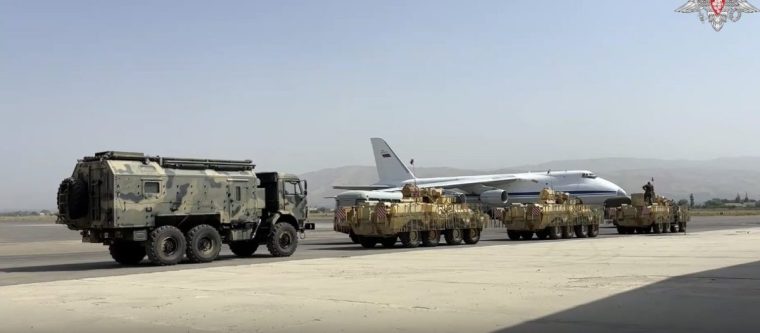 Equipment is loaded into military transport aircraft (Photo: Russian Defence Ministry)
Equipment is loaded into military transport aircraft (Photo: Russian Defence Ministry)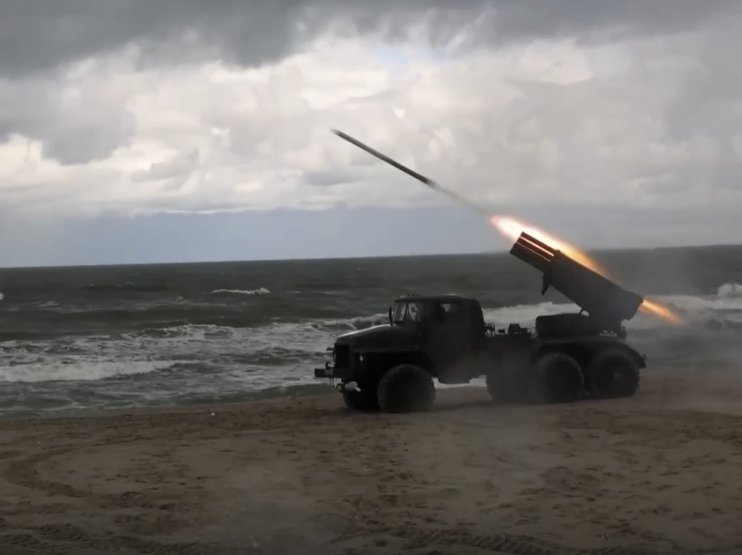 The DP-62 Damba anti-sabotage rocket-bomb launcher shot at a mock enemy (Photo: Russian Defence Ministry)
The DP-62 Damba anti-sabotage rocket-bomb launcher shot at a mock enemy (Photo: Russian Defence Ministry)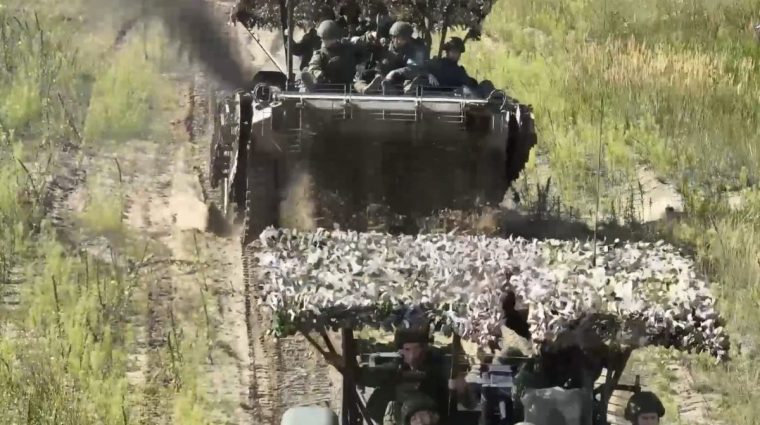 Russian military armoured vehicles were also taking part (Photo: Russian Defence Ministry)
Russian military armoured vehicles were also taking part (Photo: Russian Defence Ministry) 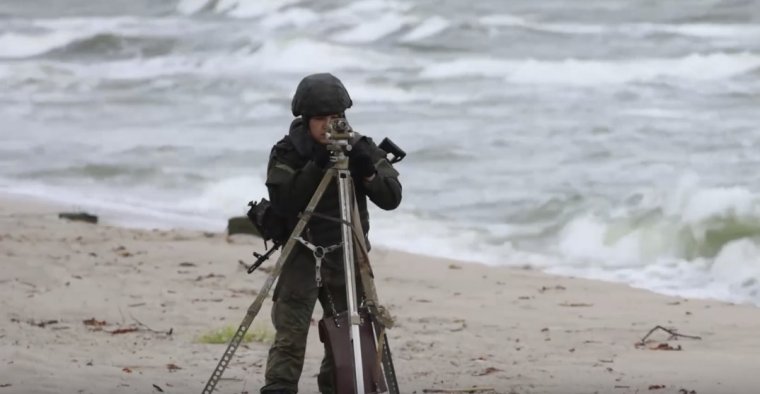 A member of the Russian Navy’s PDSS, or anti-sabotage units, whose role is to protect Russian naval installations and ships from underwater sabotage (Photo: Russian Defence Ministry)
A member of the Russian Navy’s PDSS, or anti-sabotage units, whose role is to protect Russian naval installations and ships from underwater sabotage (Photo: Russian Defence Ministry)
But Donald Tusk, Poland’s prime minister, described the military exercises as “very aggressive”.
He told a government meeting: “On Friday, Russian-Belarusian manoeuvres, very aggressive from a military doctrine perspective, begin in Belarus, very close to the Polish border.”
Tusk added: “Therefore, for national security reasons, we will close the border with Belarus, including railway crossings, in connection with the Zapad manoeuvres on Thursday at midnight.”
Marcin Kierwinski, Poland’s interior minister, said that the border would be reopened when there was no longer a threat.
He said: “During these exercises, the Russian and Belarusian armies are practising aggressive scenarios against our country. We will resume operations when we are certain that the safety of Poles is guaranteed and no provocations threaten us.”
About 40,000 troops have been deployed along the Polish border with Belarus and Russia, Polish officials said.
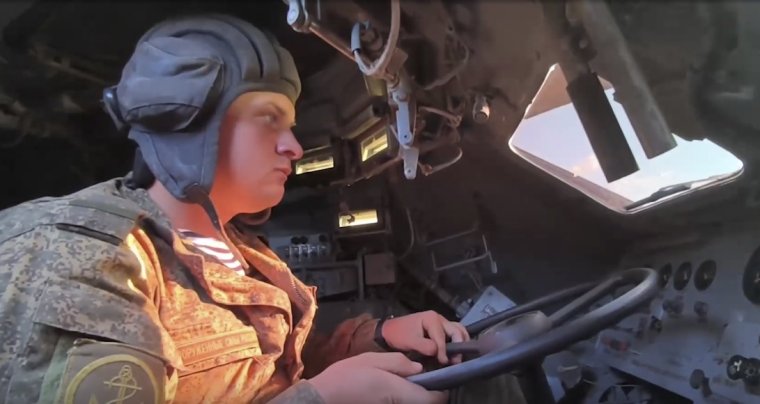 Patrol boats were sent to where mock enemy targets were located (Photo: Russian Defence Ministry)
Patrol boats were sent to where mock enemy targets were located (Photo: Russian Defence Ministry) 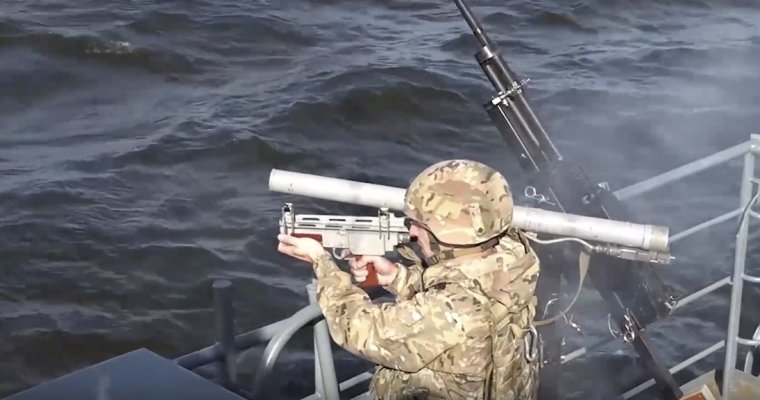 A DP-61 Duel anti-sabotage grenade launcher in use (Photo: Russian Defence Ministry)
A DP-61 Duel anti-sabotage grenade launcher in use (Photo: Russian Defence Ministry)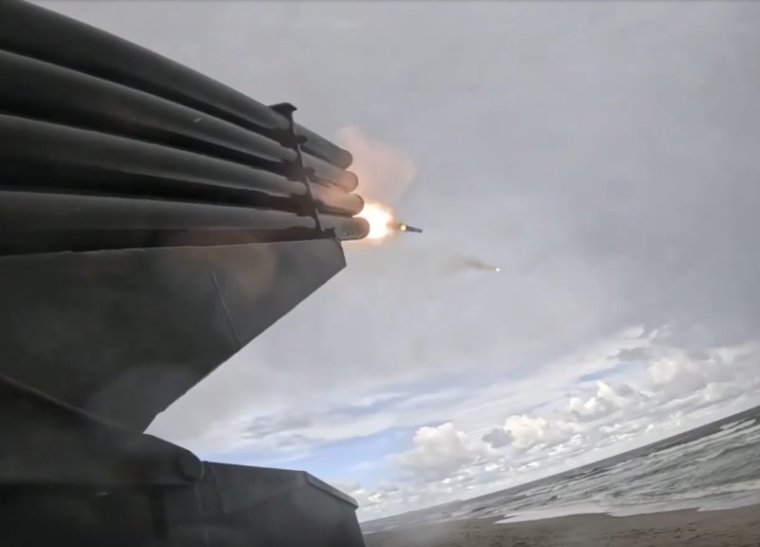 Still from video showing the DP-62 Damba anti-sabotage rocket-bomb launcher (Photo: Russian Defence Ministry)
Still from video showing the DP-62 Damba anti-sabotage rocket-bomb launcher (Photo: Russian Defence Ministry)
The unease about the drills follows the precedent set by Zapad exercises in September 2021, which ultimately preceded Vladimir Putin’s invasion of Ukraine in February 2022.
Tanks and heavy artillery were left parked near the border, supposedly for Zapad exercises the following year, but were actually used to fire at Ukraine.
It is understood that the drills are intended to be a public display of force by the Russian military, which has suffered more than a million casualties since it started the war against Ukraine.
The war games come as the Polish foreign minister was welcomed in Kyiv this week for discussions on Nato accession, shared security and increasing pressure on Moscow.
“Against the backdrop of Russia’s escalation of terror against Ukraine and provocations against Poland, we stand firmly together,” said Andrii Sybiha, Ukraine’s foreign minister.
